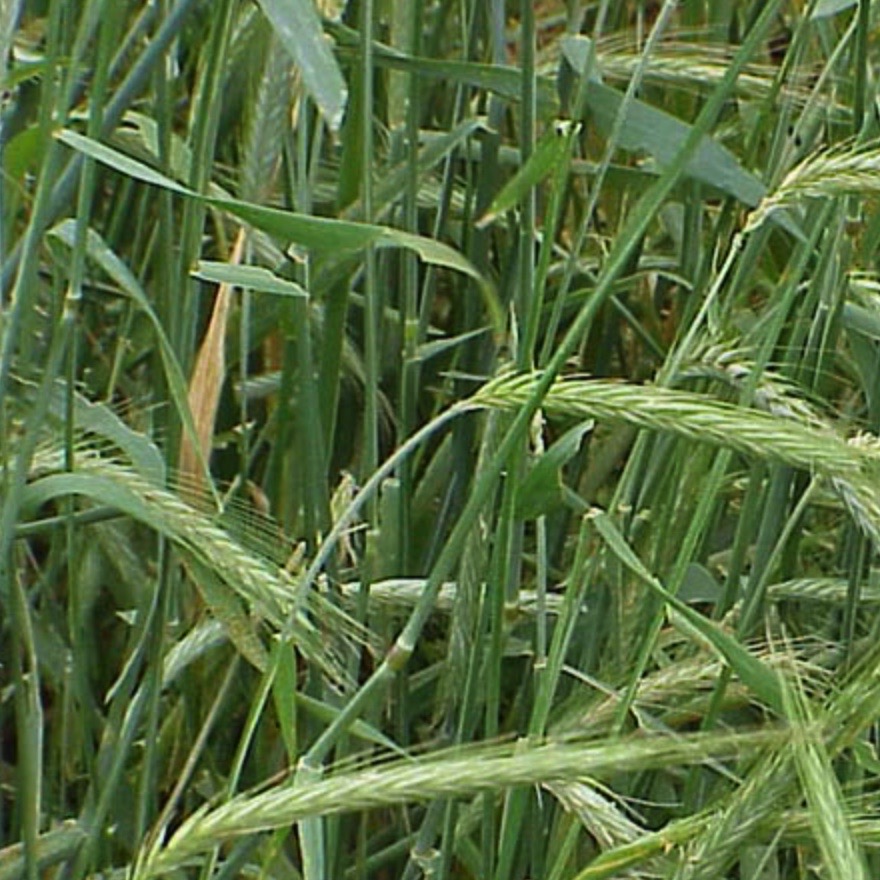Rye (Secale cereale L.) and squarrose clover (Trifolium squarrosum L.) cover crops can increase their allelopathic potential for weed control when used mixed as dead mulch

Accepted: 31 May 2021
HTML: 17
All claims expressed in this article are solely those of the authors and do not necessarily represent those of their affiliated organizations, or those of the publisher, the editors and the reviewers. Any product that may be evaluated in this article or claim that may be made by its manufacturer is not guaranteed or endorsed by the publisher.
Cover crops are essential tools in agro-ecosystems for reducing the reliance on synthetic inputs and associated environmental risks. Alongside their benefits to soil fertility, cover crops can control weeds by their competitive and allelopathic attributes. Laboratory and field experiments were conducted to assess the allelopathic potential of two cover crop species, rye (Secale cereale L.) and squarrose clover (Trifolium squarrosum L.), alone or in a mixture, on seed germination and growth of arable weeds. Aqueous extracts of the two cover crops and their mixture were tested in a bioassay on Conyza canadensis (L). Cronq., Amaranthus retroflexus L. and Digitaria sanguinalis (L.) Scop. In vitro effects of aqueous extracts varied in a dose-dependent manner, with cover crops and weed species. All three extracts were able to reduce the germination of A. retroflexus (–87%) considerably. Inhibitory effects by rye and mixture extracts on radicle growth of all weed species ranged between 51 and 82%. Rye extract was the best at reducing shoot length of C. canadensis and D. sanguinalis (–39 to 44%), while squarrose clover was more effective on A. retroflexus (–79%). Plant extracts also delayed the germination time of weed species with a substantial effect of the mixture on C. canadensis seeds. In the field experiment, no significant weed suppression was provided by cover crop residues incorporated as green manure compared to control plots, despite tillage being more effective in reducing weed density than no-till. Still, the mulch of the mixture controlled weed emergence significantly better than single cover crop mulches. The chemical characterization of cover crop residues, both shoots and roots, revealed a notable richness of allelopathic phenolic acids and flavonoids, which may constitute potential natural herbicides through slow decomposition. From the analysis of the aqueous extracts, other non-analysed and/or unidentified water-soluble allelopathic compounds should underlie the phytotoxicity observed in vitro, at least for rye. For cover crop mixture, positive interactions among plant materials leading to a better release of allelochemicals and weeding effectiveness are discussed according to chemical profiles and field data. Our study demonstrated the allelopathic activity of the cover crops and their potential to be included in weed management strategies according to cropping system needs. Additional trials are needed to confirm the performance of cover crop residues under field conditions.
Highlights
- Rye and squarrose clover are cover crops with potential allelopathic effects.
- Aqueous extracts of residues of rye, squarrose clover, and their mixture reduced and/or slowed weed germination of A. retroflexus and C. canadensis in the in vitro bioassays.
- Depending on the concentration of residues, the aqueous extracts had inhibitory effects on radicle and shoot growth of A. retroflexus, C. canadensis, and D. sanguinalis.
- The mulch of a mix of rye and squarrose clover under field conditions suppressed weeds better than the single species.
How to Cite

This work is licensed under a Creative Commons Attribution-NonCommercial 4.0 International License.
PAGEPress has chosen to apply the Creative Commons Attribution NonCommercial 4.0 International License (CC BY-NC 4.0) to all manuscripts to be published.

 https://doi.org/10.4081/ija.2021.1869
https://doi.org/10.4081/ija.2021.1869



